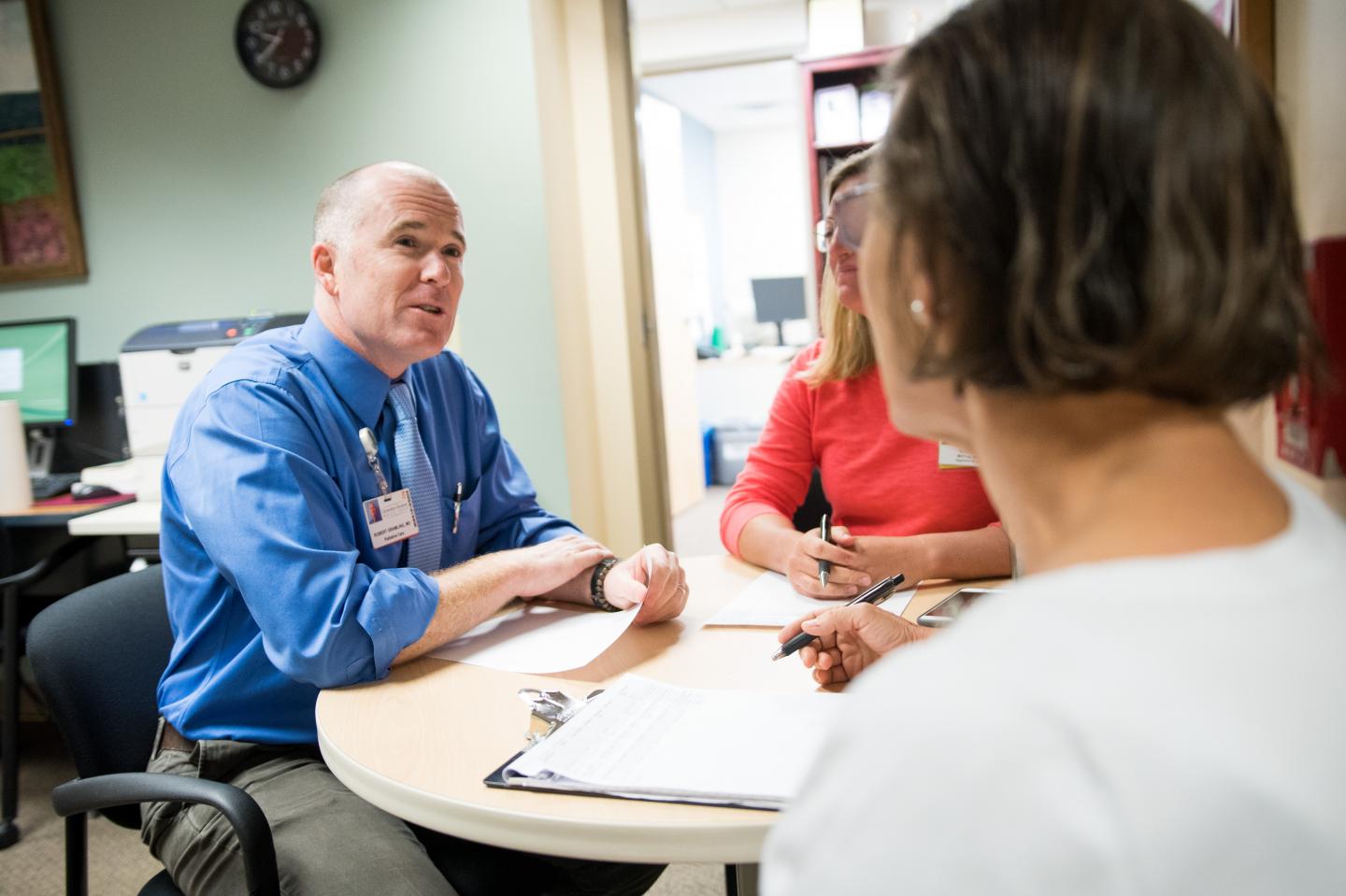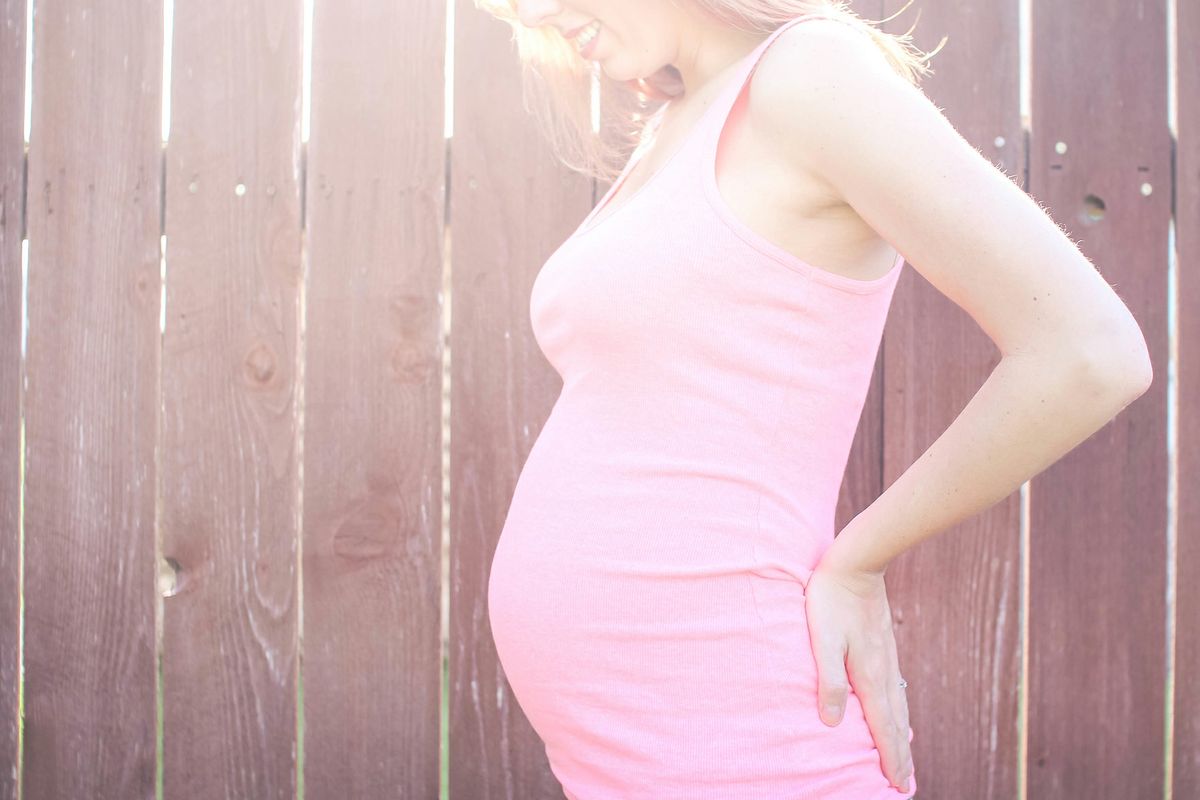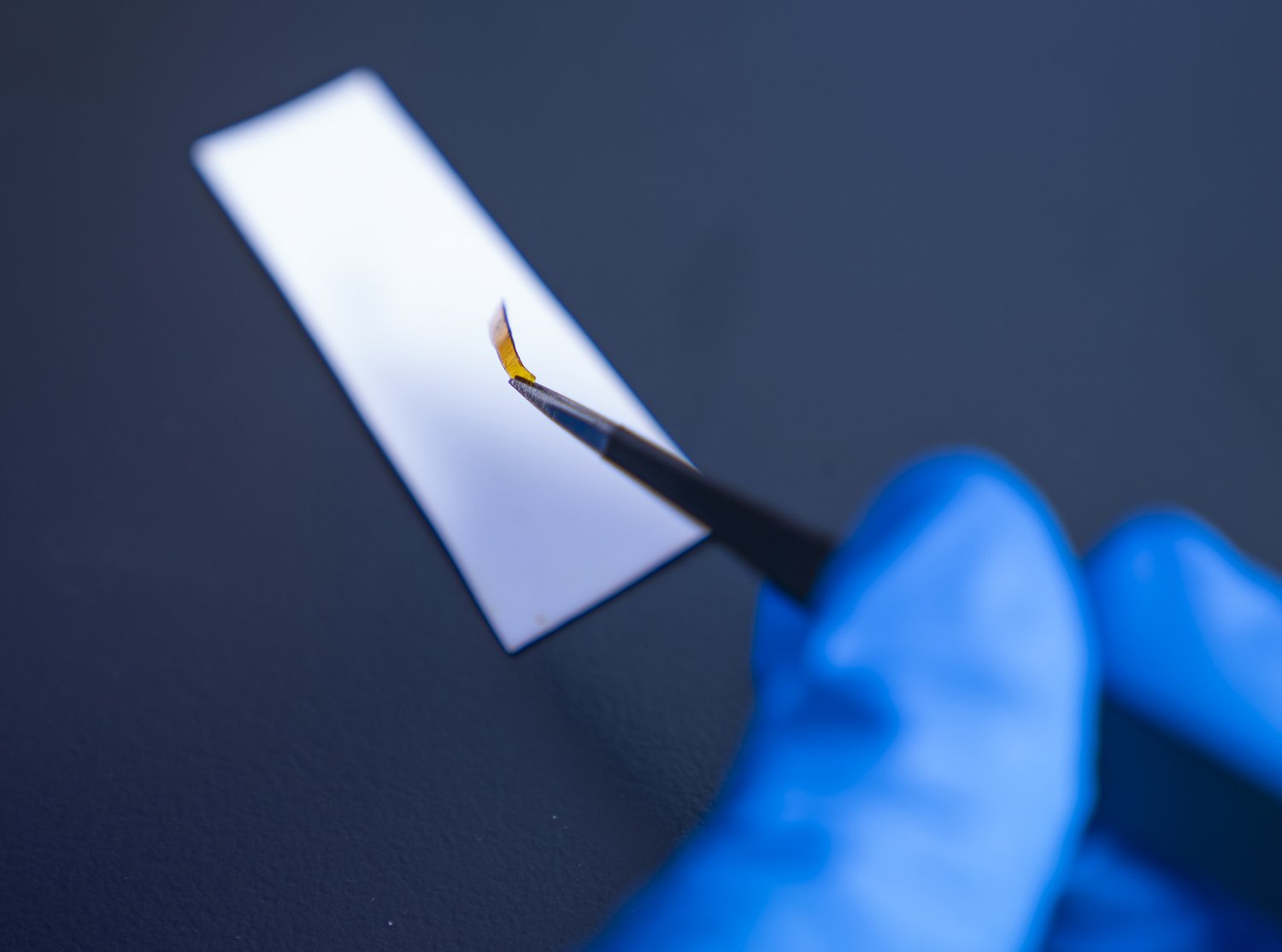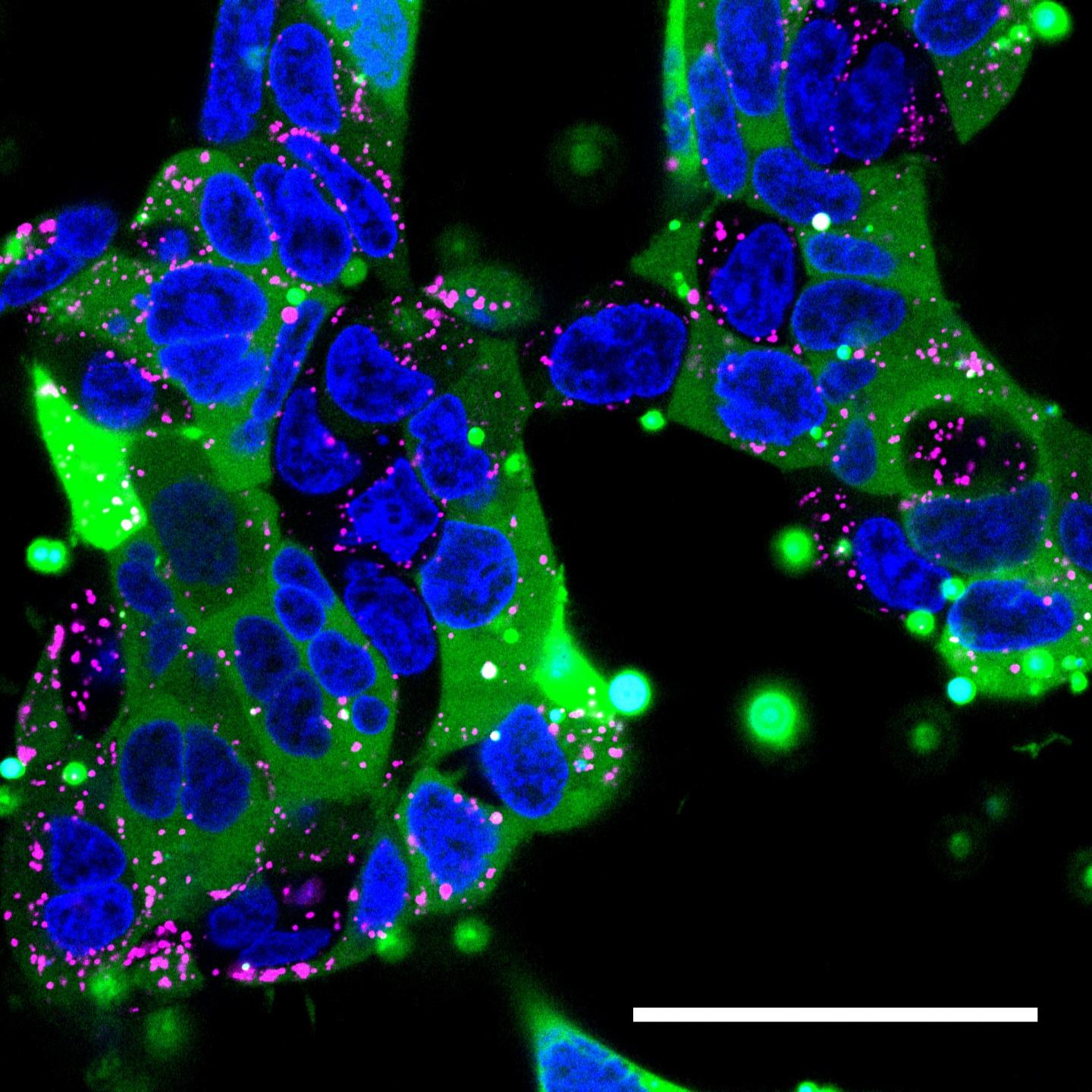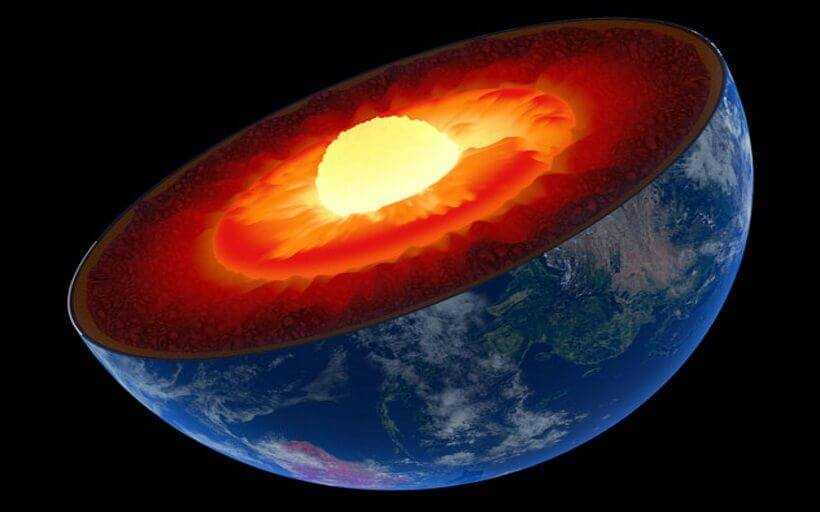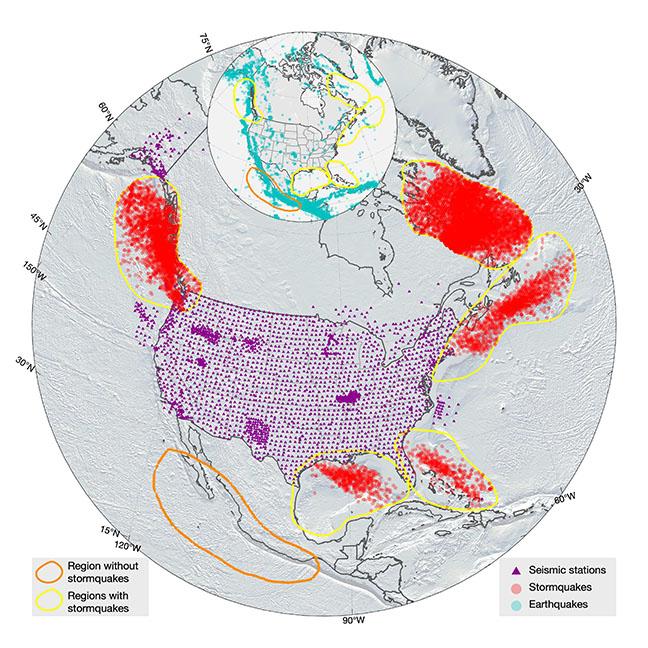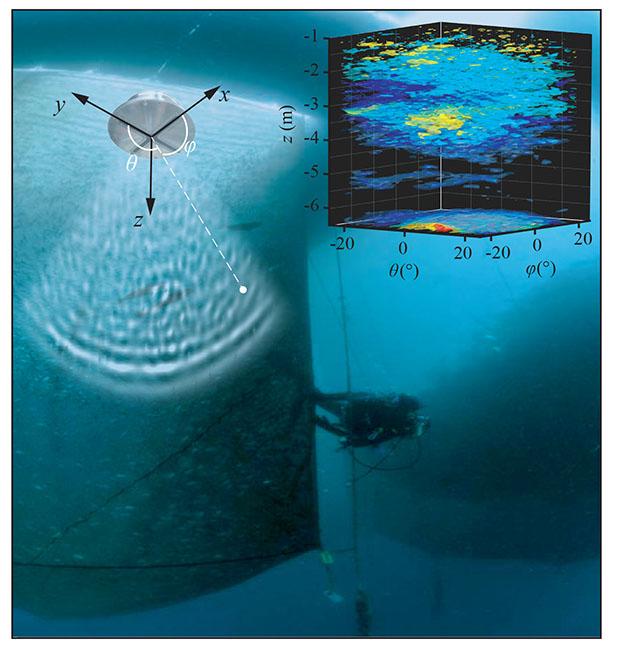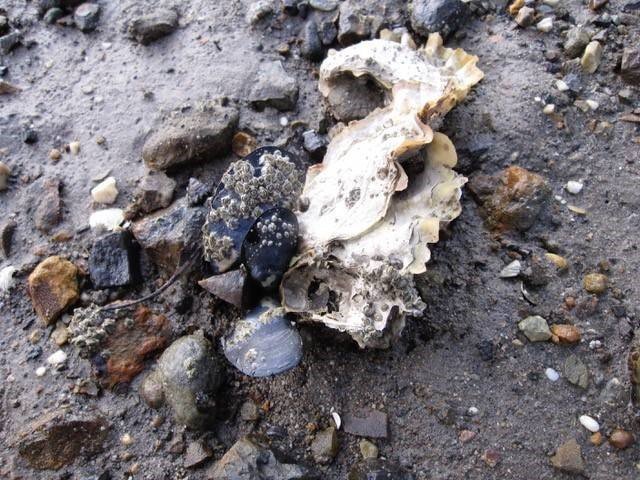Machine learning can help us understand conversations about death
Some of the most important, and difficult, conversations in healthcare are the ones that happen amid serious and life-threatening illnesses. Discussions of the treatment options and prognoses in these settings are a delicate balance for doctors and nurses who are dealing with people at their most vulnerable point and may not fully understand what the … Read more
